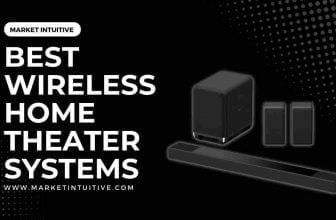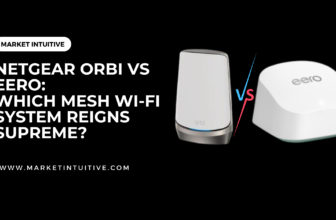How To Check If Phone Supports 5G? A Step-By-Step Guide
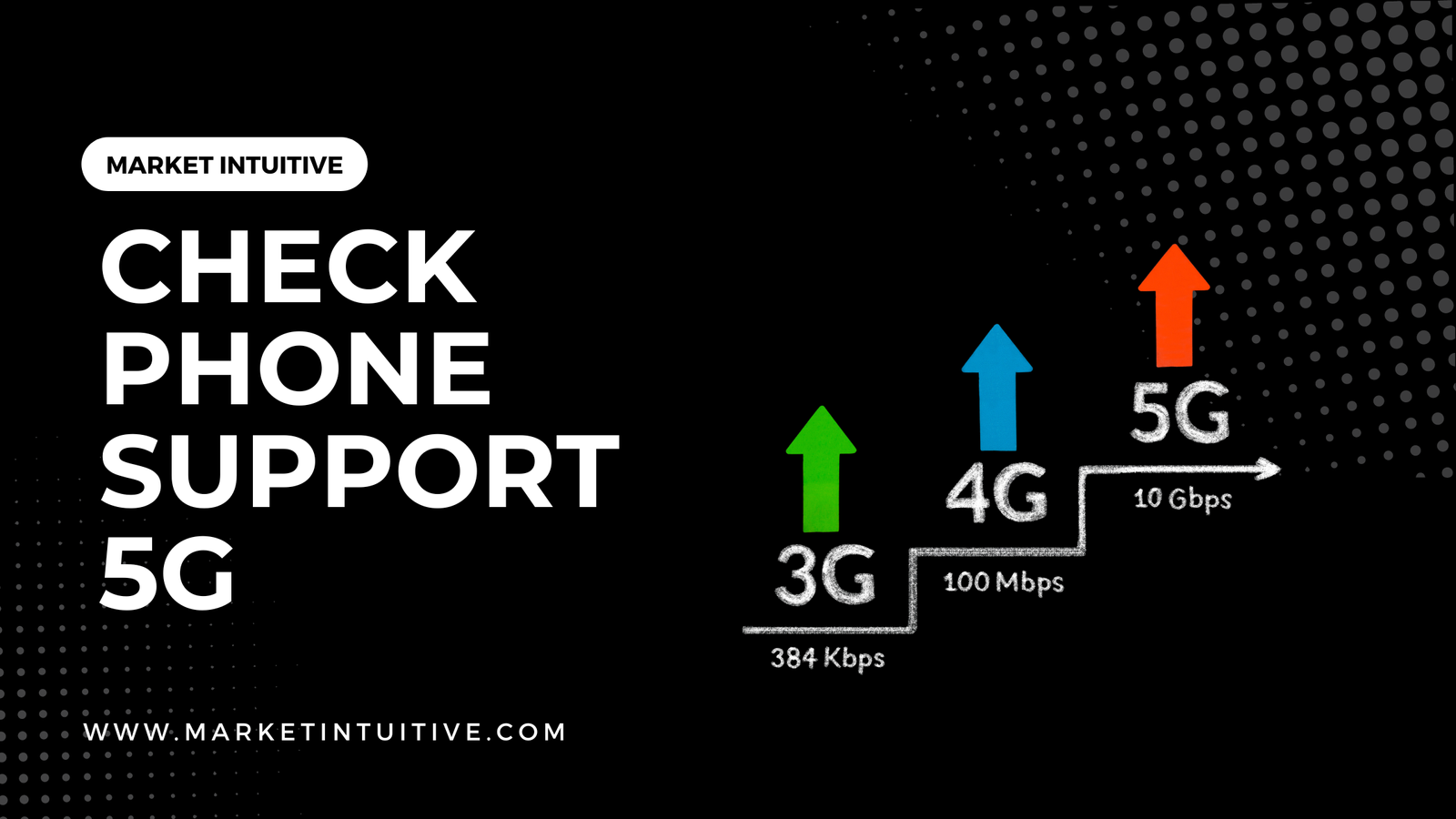
As technology continues to advance, innovations like the 5G network have become increasingly important to everyday life. With faster internet speeds and improved network connections, 5G is transforming the way you experience mobile connectivity. But, did you know that not all phones are equipped to support this advanced form of wireless communication? So, how do you check if phone supports 5G?
In order to benefit from the advantages of the 5G network, your phone must be compatible with this latest technology. In this article, I’ll guide you through the process of determining whether or not your phone can access this revolutionary network.
By checking the 5G compatibility of your device, you’ll be able to make informed decisions about upgrading your phone or changing your network to embrace the 5G era fully. So, let’s get started on uncovering your phone’s 5G capabilities.
Check If Phone Supports 5G: Phone Compatibility
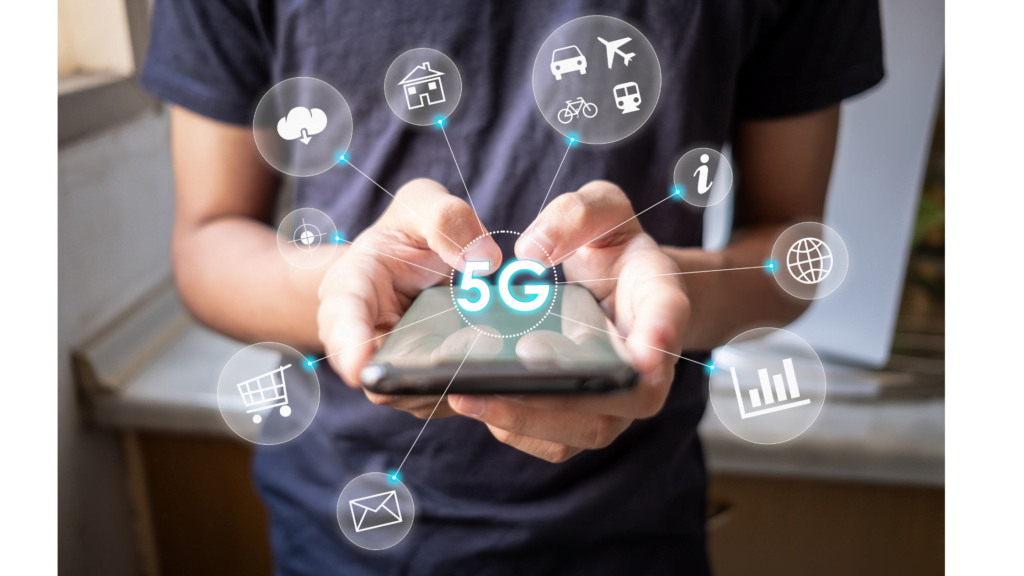
Standard mobile devices that conform to 5G technology can connect to 5G network infrastructure. For a phone to be compatible with 5G, it requires a processor capable of supporting 5G connectivity. The methods given below will assist you in determining whether your phone supports 5G or not.
Android Phones
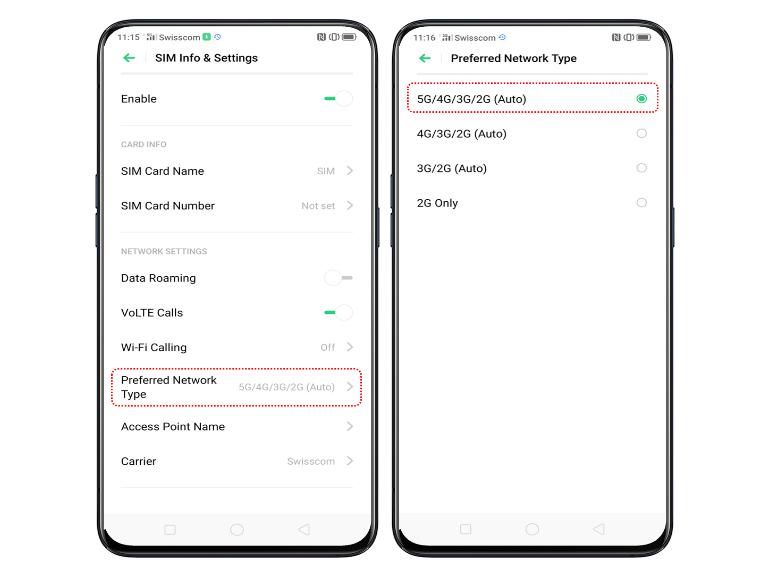
To check if your Android phone supports 5G, go to Settings and select either Network & Internet or Wi-Fi & Network, depending on your model. Next, tap on “SIM & Network” or “Mobile Network,” then select “Preferred Network Type.” Here, you’ll see all the mobile networks supported, including 3G, 4G, and 5G.
Some popular Android phones with 5G support include:
- Samsung Galaxy S20 series (S20 / S20+ / S20 Ultra)
- Samsung Galaxy S10 5G
- Samsung Galaxy A90 5G
- Samsung Galaxy Fold 5G
- Samsung Galaxy Note 10+ 5G
- Xiaomi Mi 10 and Mi 10 Pro
- Xiaomi Mi Mix 3 5G
- Xiaomi Mi 9 Pro 5G
- OnePlus 7 Pro 5G and OnePlus 7 Pro 5G McLaren Edition
- Huawei P40 series
iPhones

To check if your iPhone supports 5G, navigate to Settings > Mobile Data > Cellular Data Options > Voice & Data. If you see 5G listed as an option, then your iPhone is 5G capable. To date, all iPhones in the iPhone 12 and iPhone 13 series are 5G-capable devices.
Other Brand Phones
Apart from Samsung, Xiaomi, OnePlus, Huawei, and Apple, some other brands also offer smartphones with 5G support. These include:
- Nokia 8.3 5G
- OPPO Find X2 series
- Vivo iQOO 3 5G
- Sony Xperia 1 II
- ASUS ROG Phone 3
Remember, 5G coverage depends on your network carrier and the area you’re in. It’s essential to check with your carrier to ensure you can access 5G on your smartphone.
Check If Phone Supports 5G
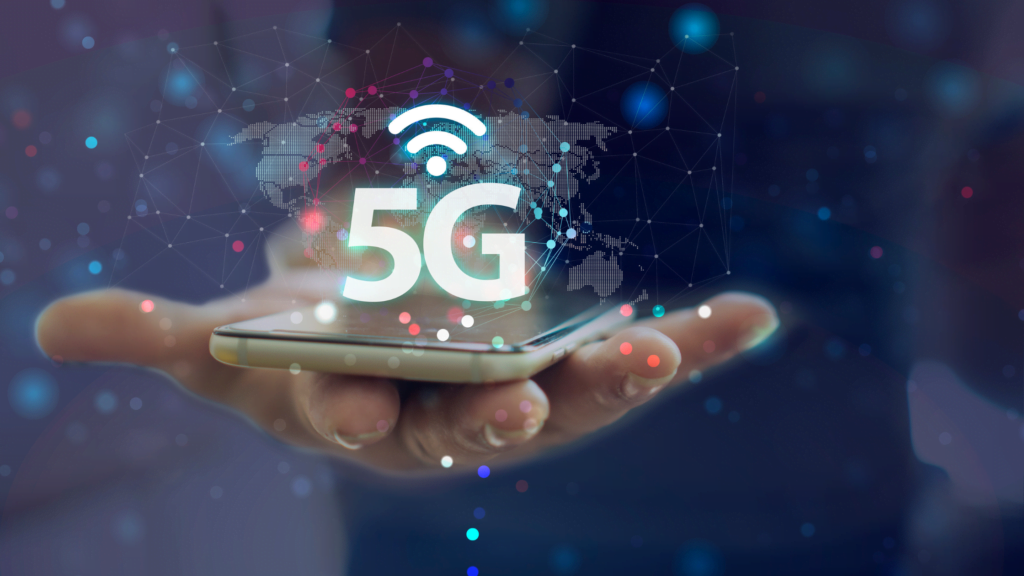
Phone Settings Method
To check if your phone supports 5G, you can start by looking at your phone’s settings. For iPhone users, follow these steps:
- Go to Settings > Mobile Data > Mobile Data Options > Voice & Data.
- If you see 5G as one of the options, then your phone is 5G capable.
Alternatively, you can check for 5G support using the following method in Android:
- Open Settings and select Network & Internet or WiFi & Network, depending on your phone model.
- Choose “SIM & Network” or “Mobile Network.”
- Tap on “Preferred Network Type” and check if 5G is listed.
Using Third-Party Apps
Another way to find out whether your phone supports 5G is by using third-party apps available on your phone’s app store. These apps can provide more information about your device, including its network capabilities. Some popular apps include Network Analyzer and Signal Spy. Once installed, open the app and check for 5G support in the network information section.
Remember to be cautious when downloading third-party apps, as it’s essential to verify the app’s reliability and security.
Check Device Specifications
To examine the wireless connectivity of your phone, it is necessary to refer to the official specifications provided by the manufacturer. Typically, you can find these specifications printed on the back of your smartphone box or included in the package with your phone.
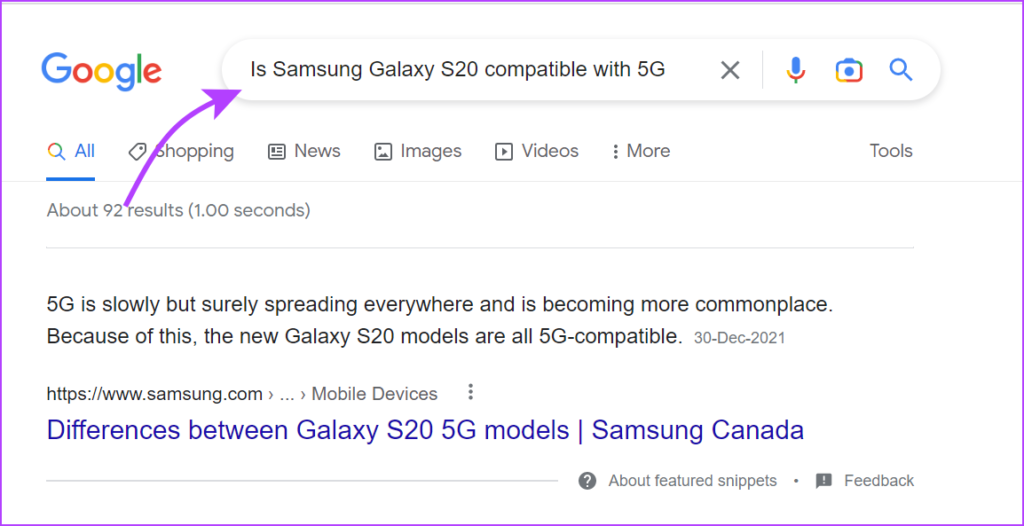
Another approach is to search for your phone’s model on Google and verify if it supports a 5G connection. However, it’s important to note that certain websites may not provide accurate information regarding your device specifications. Therefore, it is crucial to ensure the reliability and up-to-date nature of the website before visiting it.
By following the steps mentioned in the Phone Settings Method, using third-party apps, or checking your official device specifications, you can check if phone supports 5G.
Will 4G phones function on a 5G network?
Absolutely, 4G compatible phones will operate similarly on a 5G network as on any other network. However, they will need more time to take advantage of the additional benefits offered by 5G fully.
Contrary to the complete replacement of 3G by 4G, 5G is not intended to replace 4G. Instead, it serves as an incremental improvement over 4G LTE. Its design focuses on building upon existing 4G networks rather than substituting them. 5G networks are designed to work with 4G networks rather than supplanting them.
Carrier Compatibility
US Carriers
When checking if your phone supports 5G on different carriers like Verizon, AT&T, and T-Mobile, you should consider the following points:
- The phone model: Different phone models support various network technologies. Ensure your phone is compatible with the carrier’s 5G network.
- The carrier’s 5G coverage: While you might have a 5G-capable phone, it won’t work if the carrier doesn’t have 5G coverage in your area. Check your carrier’s coverage map to see if you’re in a 5G zone.
- Spectrum bands: Each carrier uses specific bands to provide 5G service. Your phone should support the same bands as your carrier to access the 5G network.
Here’s a brief overview of the top three US carriers and their 5G networks:
- Verizon: Your phone should support mmWave and Sub-6 GHz bands to utilize Verizon’s 5G network.
- AT&T: In order to use AT&T’s 5G network, make sure your phone supports the low-band, mid-band, and mmWave spectrum.
- T-Mobile: Your phone should be compatible with Sub-6 GHz and mmWave bands for T-Mobile’s 5G network.
International Carriers
For international carriers, the considerations are similar to the US carriers. In addition to phone model and 5G coverage, it is crucial to make sure your phone is unlocked and supports the carrier’s specific bands. China, for example, has carriers like China Mobile, China Unicom, and China Telecom with different 5G bands.
Keep the following factors in mind when checking your phone for compatibility with international carriers:
- Ensure your phone is unlocked: Many phones come locked to a specific carrier. Unlocking your phone allows it to work with other carriers around the world.
- Carrier’s 5G bands: Additionally, double-check if your phone supports the 5G bands used by the international carrier you plan on using.
By focusing on these factors, you can better determine if your phone will support 5G on various carriers in the U.S. and international markets.
Potential Issues and Considerations
Battery Life
When using 5G on your phone, you may notice that your battery life is somewhat shorter than when using 4G or Wi-Fi. This is because the 5G network consumes more energy to provide faster data speeds. To conserve battery life, consider switching off 5G when it’s not needed. You can also use features such as Airplane Mode to disable all wireless connections or switch to Wi-Fi networks when available.
Network Signals and Speeds
Depending on your location and carrier, 5G network signals and speeds may be inconsistent. You might experience faster data speeds in some areas while in others, the connection may revert to 4G or even lower. Factors like building materials and natural obstacles can also impact the network strength. Keep this in mind when relying on 5G for crucial tasks or communication.
Optimizing Performance
To fully enjoy 5G capabilities and minimize inconvenience, make sure your phone’s processor and hardware can support the demands of faster data speeds. Upgrading to a 5G-compatible phone or switching to a carrier with better network coverage might be necessary for a smoother experience. Additionally, you can tweak some settings to optimize the performance:
- Enable 5G Auto, which switches between 5G and 4G depending on network availability and stability.
- Make sure your phone’s software is up to date to ensure compatibility with the latest network technology.
- Close background apps that consume resources and hinder network performance.
Remember, while 5G provides impressive speed and connectivity, it’s essential to consider potential issues and take steps to optimize your phone’s overall performance.
Conclusion
While 5G is the most advanced and promising technology available, not all phones may be compatible. To confirm if your phone can access a 5G signal, refer to its wireless connectivity specifications or follow the methods mentioned earlier.
Furthermore, as connection speed relies on signal strength, ensure you have at least two signal bars before testing the speeds. Thank you for reading my article to check if phone supports 5G. I hope you found it enjoyable. If you have any questions, please feel free to leave a comment.
Can older phones use 5G?
A 5G upgrade will cause some of your equipment to stop functioning in 2022 if you have an outdated 3G smartphone. After 2022, a 5G update could force some of your equipment to stop functioning, so if you have an older 3G smartphone or a Kindle, be prepared.
What if my phone is not 5G compatible?
You can access cellular data using 4G or LTE networks if your carrier doesn’t offer 5G roaming, or you can buy a local SIM card or eSIM that supports 5G when it’s available.




